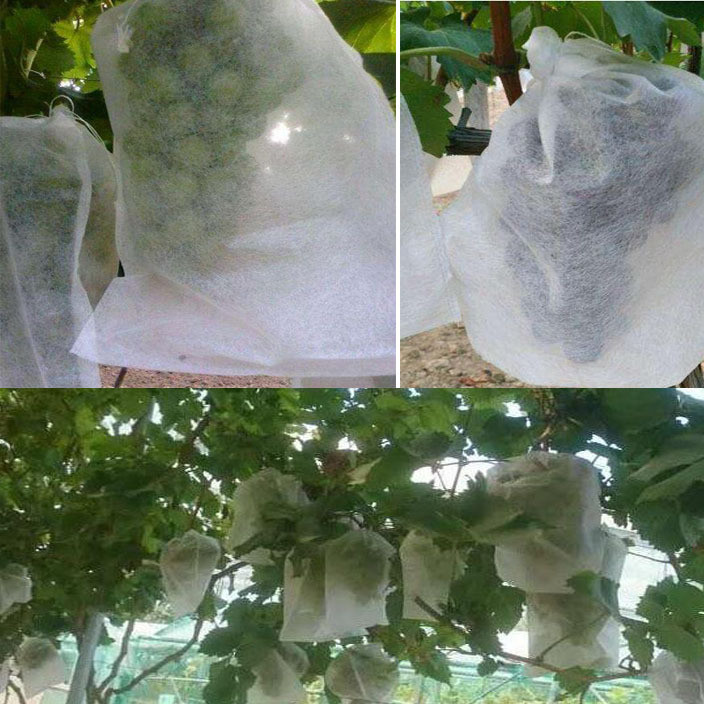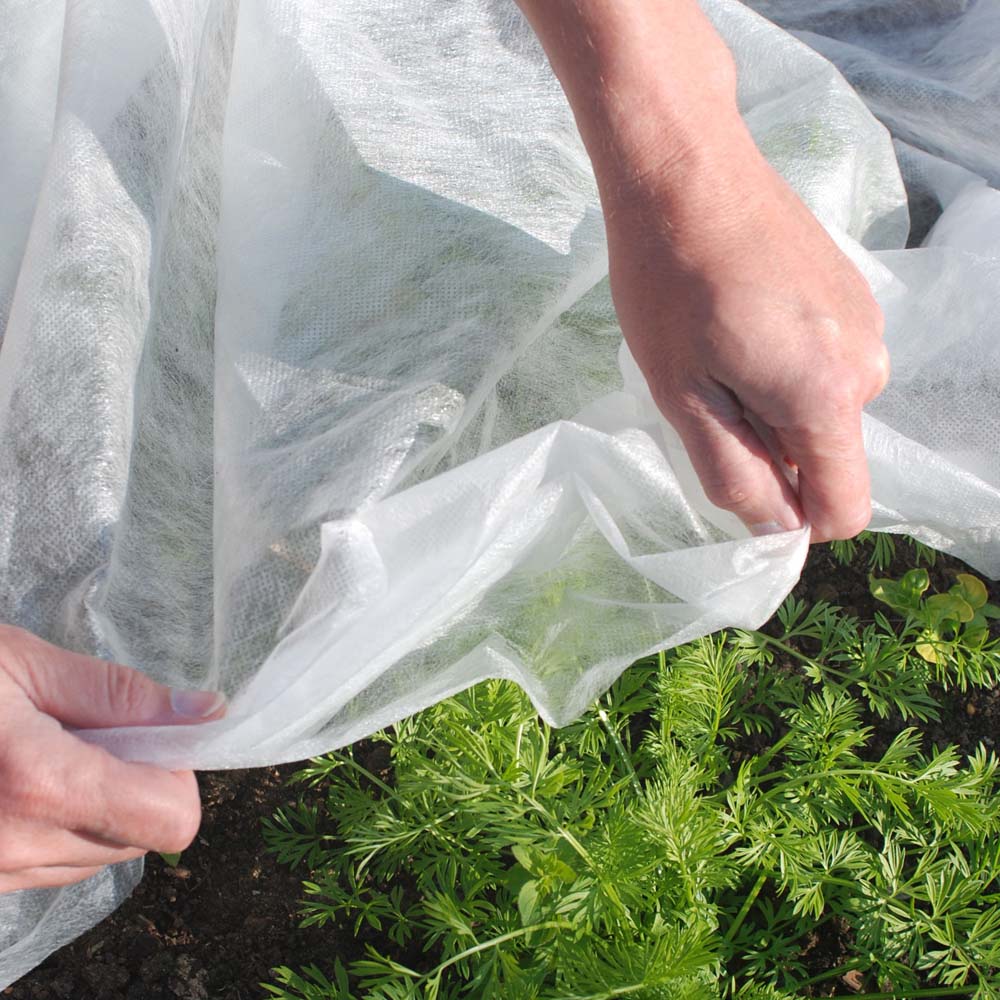What are the uses of non-woven fabric in agriculture?
Non-Woven Fabrics: A Game Changer in Agriculture
The agricultural sector has undergone a remarkable transformation with the introduction of non-woven fabrics, which have revolutionized various aspects of farming. These versatile materials have found their way into a multitude of applications, from crop protection to soil management, showcasing their adaptability and effectiveness in enhancing agricultural practices. Let’s explore the myriad uses of non-woven fabrics in agriculture.
Crop Protection
Non-woven covers act as a protective barrier against avian predation, shielding vegetable seeds and crops from bird damage.
Cold and Frost Defense
These fabrics are adept at safeguarding crops susceptible to frost, effectively preventing cold-induced damage.
Winter Insulation
Used to insulate cover crops during the winter months, non-woven fabrics promote growth by retaining heat.
Pest Deterrence
By covering vegetables, non-woven fabrics can prevent or significantly reduce pest infestations.
Seedling Transplanting
As seedling transplanting bowls, they facilitate easy transportation and enhance the survival rate of seedlings.
Sunburn Prevention
Employed on fruit trees, non-woven fabrics protect fruits from sunburn, maintaining their quality.
Post-Harvest Freshness
In the post-harvest handling of garden produce, non-woven fabrics are used to preserve freshness.
Fruit Bagging
They can be utilized as fruit bagging to protect against insect, bird, heat, and discoloration damage.
The Potential of Non-Woven Fabrics in Agriculture
The potential for non-woven fabrics in agriculture is vast, and there is a need to intensify research into their material development. Tailoring the choice of covering materials to suit different regions, weather patterns, and cultivation objectives can maximize the benefits of non-woven fabrics.
Global Applications of Non-Woven Fabrics in Agriculture
(A) Cover Material:
In Europe, with its complex spring and autumn climates, non-woven fabrics are employed as a floating lid technology to protect plants in glass conservatories from frost. These light, transparent covers provide effective, cost-efficient, temporary climate protection, allowing frost-sensitive plants to thrive.
(B) Heat Insulation:
In glass greenhouses, non-woven fabrics are used instead of other thermal insulation materials, and their reflective properties are enhanced with the addition of aluminum. They offer several advantages, including space efficiency, prevention of condensation, improved wind penetration, and protection against pests.
(C) Shading:
Non-woven fabrics are used as shade screens for various light-loving plants. Different weights and colors are selected based on plant characteristics. For instance, black non-woven fabric is common in the US for nurseries, while green is used in Europe for leafy vegetables, and gray in Japan for ginseng.
(D) Sterilization and Insecticide:
In northern Europe and the US, where vegetable pesticide use is heavily regulated, chemically treated non-woven fabrics are used to cover vegetables, sterilizing against insects and pests while preventing environmental contamination from pesticides.
(E) Agricultural Bags:
To protect high-value fruits from insect attacks during ripening, non-woven fabrics are used to create breathable fruit protective bags, replacing paper. They can also be customized for plant pollination bags or other agricultural purposes.
(F) Seed Matrix:
In rice cultivation and slope greening, non-woven fabrics serve as a seed matrix, with seeds sown directly onto the fabric. Nutrients and pesticides are applied directly to the seeds or seedlings, simplifying planting operations and reducing labor.
(G) Irrigation Cloth:
In nutrient solution culture, non-woven fabrics are used as a thin irrigation layer to improve nutrient distribution. Thicker sheets can also serve as a growth substrate, promoting even moisture distribution.
(H) Covering Material:
For container planting, black non-woven fabrics are laid on the ground to prevent weed growth. They are water-resistant and permeable, allowing for excess water drainage.
In the US, Bonsai Gardeners:
Bonsai gardeners use non-woven fabrics as a cover material instead of pine bark, maintaining the aesthetic appeal of green spaces.
Conclusion
Non-woven fabrics have become an indispensable part of modern agriculture, offering innovative solutions to age-old challenges. Their versatility and efficiency make them a cornerstone in the pursuit of sustainable and productive farming practices.




